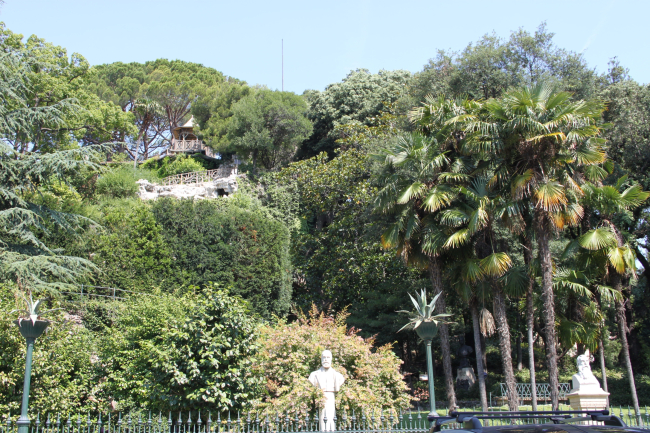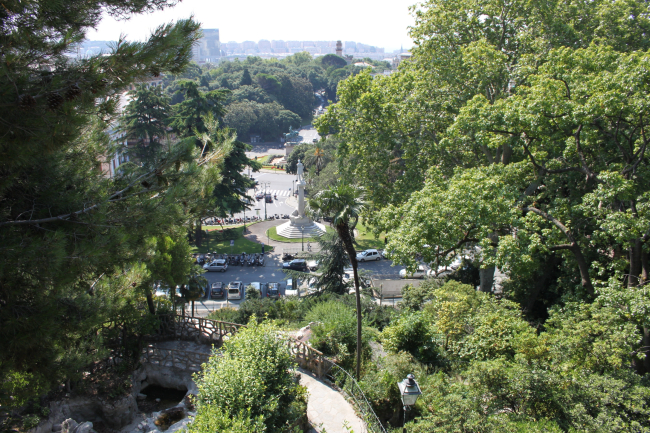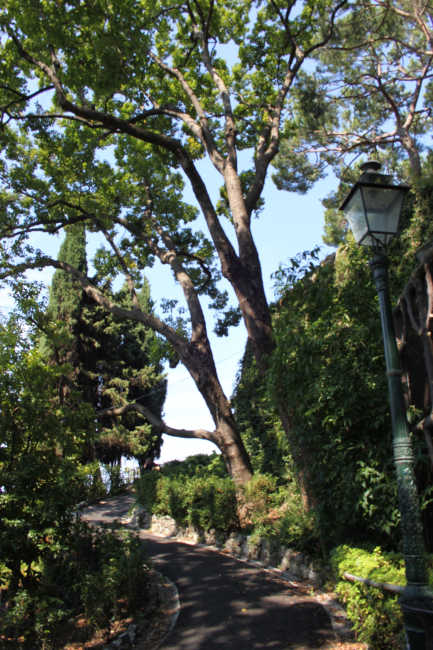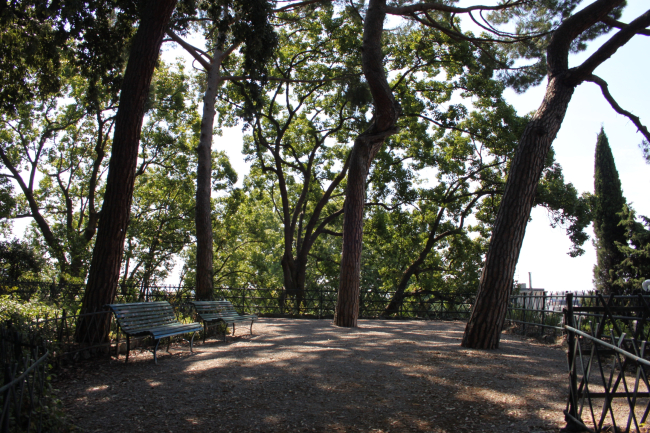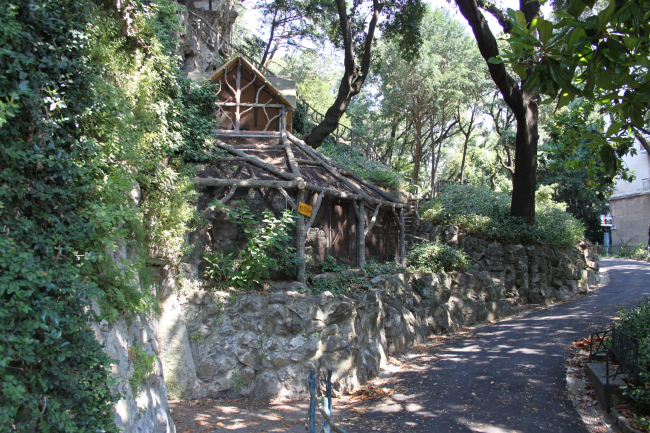Villetta Di Negro
This panoramic, scenic, green oasis (2 hectares) is located in the heart of the city, where the bastion of Santa Caterina stood in the 16th century as an integral part of the city defensive walls. In 1785 the area,stopped to be used for military purposes, was granted to Ippolito Durazzo who planted a botanical garden within it. afterwards the marquis Gian Carlo Di Negro purchased the land in 1802 and founded a school of botany on the site. Di Negro built the park, enhancing its botanical collection with a collection of ancient archaeological finds and busts of distinguished Genoese.
In 1863, following the death of the marquis in 1857, the city purchased the park and villa, making several modifications over the years: between 1863 and 1892 the caves, the scenic waterfall and the "gardener's house" along the waterfall were added. The latter was created by tearing down the eastern corner of the bastion belonging to the 16th century walls.
In 1942 , during the Second World War, the building was hit and destroyed by the allies' naval bombings against the city. In 1948 the city financed the reconstruction of the building in its current form.
Today the Villa is home to the Chiossone's Museum of Oriental Art in the rationalist building designed by Mario Labò in 1953.
Worth noting among its botanical features are two majestic plane trees dating back to the foundation of the park and three sequoias planted around 1870.
Useful info




